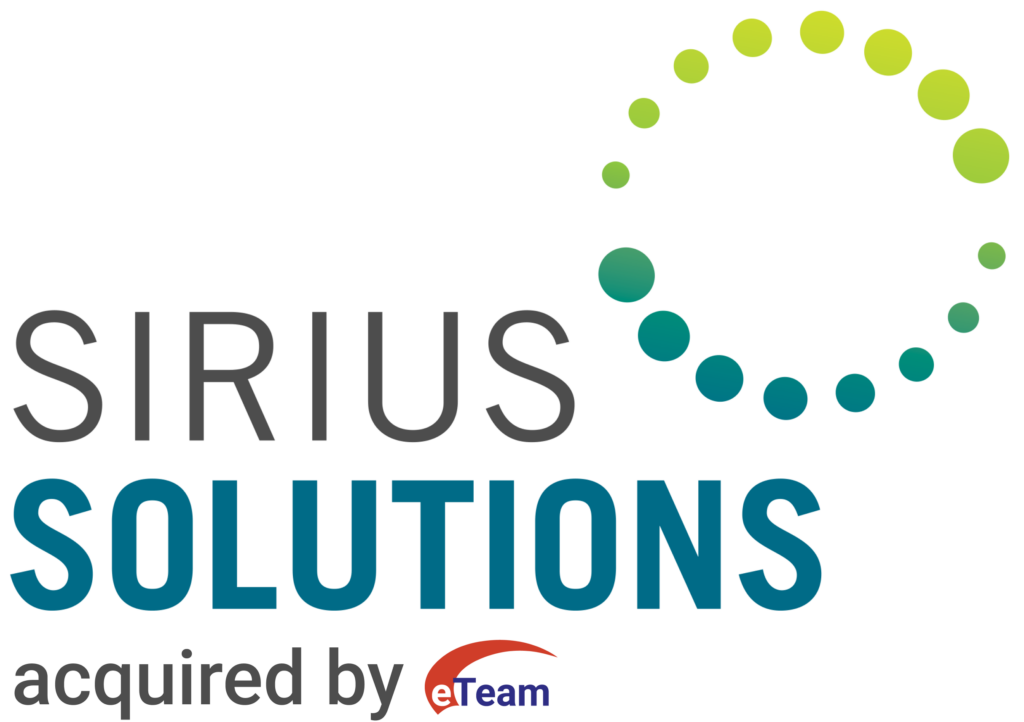Reduce Operating Costs and Improve Financial Workflows
Accounting is a critical function in any business, and knowledgeable financial professionals are essential to any team. Because of the knowledge that accountants and financial professionals bring, their time is highly valuable — and spending that time on manual, repetitive tasks ends up being extremely expensive.
Balance sheet reconciliation is typically a highly manual task that requires cross-checking bank statements, receipts, and bills against transaction records to ensure that all assets and liabilities are accounted for. This task is repetitive and time-consuming but needs to be done at regular intervals, typically monthly or quarterly, to ensure that money is flowing as it’s supposed to.
Luckily, balance sheet reconciliations are an ideal task for automation. Implementing machine learning and process automation requires buy-in across the team and can create tension or resistance. Here are a few benefits of automating balance sheet reconciliation that are impossible to deny.
Reduce Risk
With manual processes, there’s always room for human error. Balance sheets are far from simple documents, and even with the most sophisticated of spreadsheet formulas, there’s room for a typo or a miscalculation. Errors don’t just create confusion down the line — if there’s a miscalculation in a balance sheet, you may throw off your upcoming budgets, future income projections, and put yourself at risk for an audit.
Save Time & Money
One of the biggest reasons to automate any task is to save time, and balance sheets are no exception. Depending on the size of your budgets and the number of accounts involved, balance sheet reconciliation can take anywhere from several hours to several days when done manually — valuable time that can be spent on a wide range of other tasks.
While automation might seem expensive at first glance, don’t forget to account for the cost savings in your team’s time, the reduction of errors and reviews necessary, and all-around efficiency improvements. The amount of money it takes to employ a full-time accountant on your payroll who can dedicate time on reconciliations is ultimately going to be far greater than the cost of automating this process, making it an investment that quickly pays for itself.
Improved Visibility
When a process is automated properly, it moves much quicker than when conducted manually. It’s also typically easier to follow the logical process that led to the result as machines don’t deviate from a standard set of processes, while people approach tasks with their own methods.
By automating these repetitive tasks, it’s easier for team members across the organization to understand how a conclusion was reached, and what it means for other processes and teams. Balance sheets, for example, give a clear picture of incoming and outgoing money, making them an essential tool for projections that impact sales, marketing, and human resources functions. Automating the process makes it easier for everyone to access the data when they need it.
Transforming Your Financial Operations
The end goal remains the same – transforming financial operations, automating and improving efficiencies of major business transactions and transitions, and predicting and solving financial operating issues. Automation, including balance sheet reconciliation automation, is just one of many ways we can help your business realize greater efficiency, reduce operating costs, and improve financial workflows. Ready to explore financial operation transformation? Don’t hesitate to get in touch.
Rakhee Das, Chief Strategy Officer – Sirius Solutions
DOWNLOAD THIS ARTICLE
If you would like further information about our Financial Automation services, please complete the form below.
